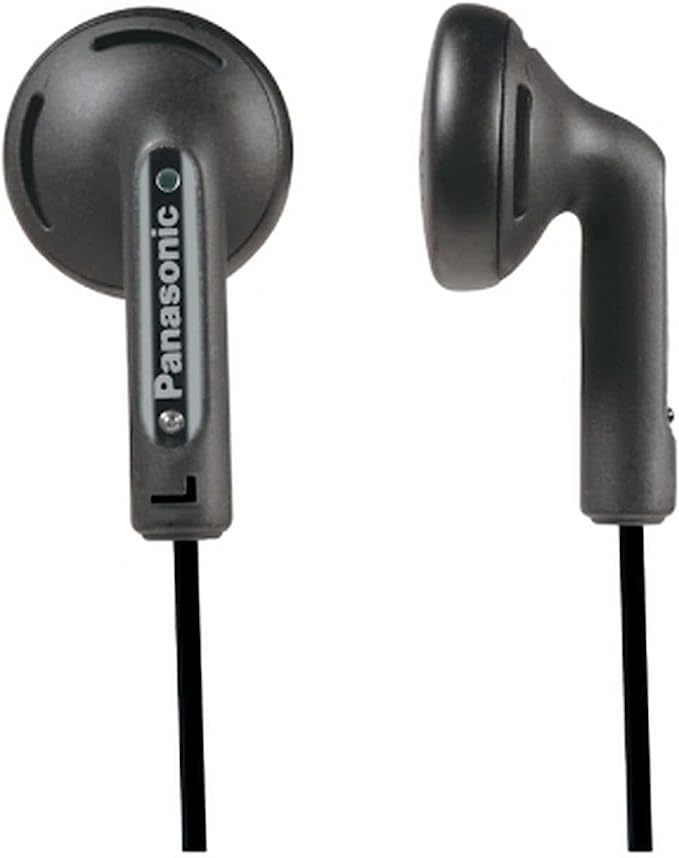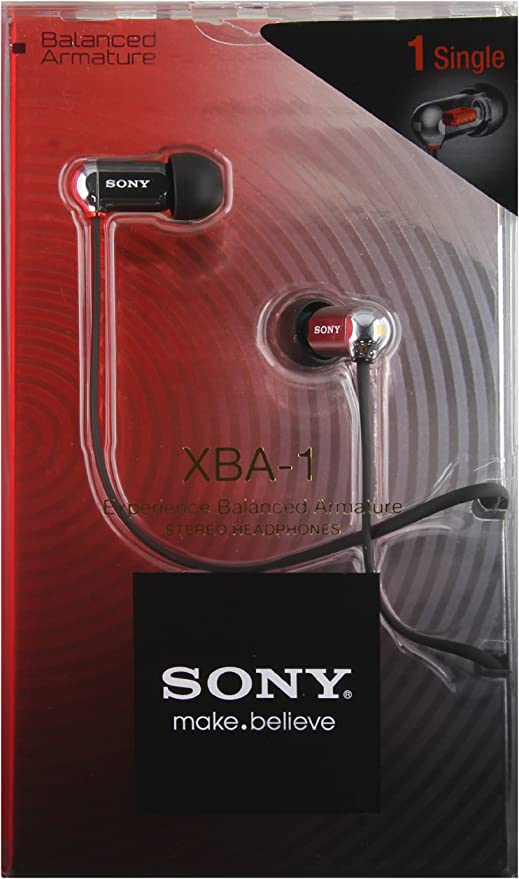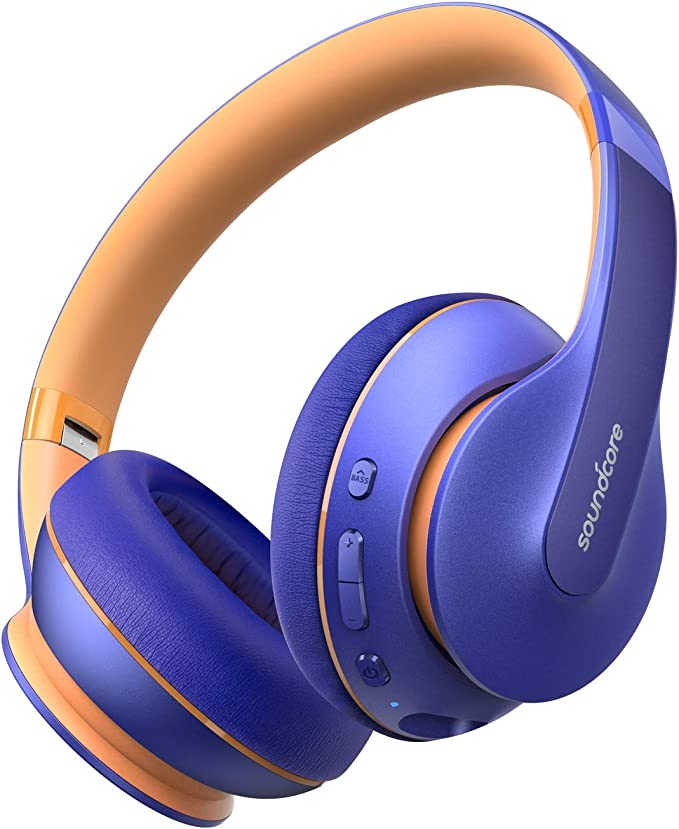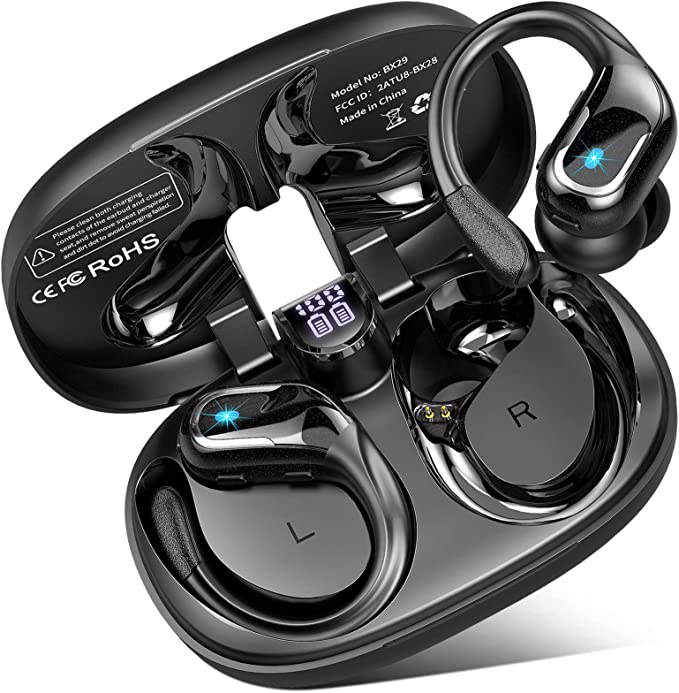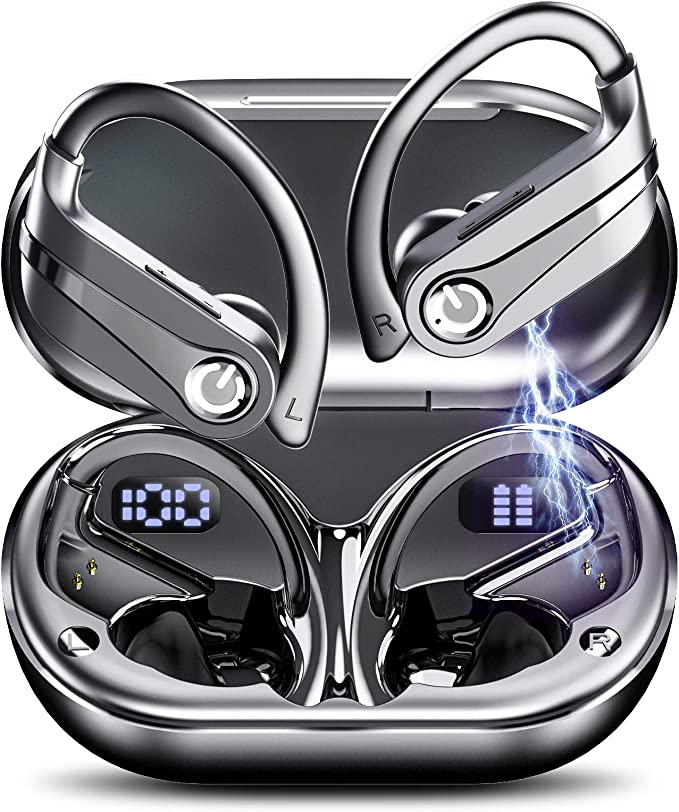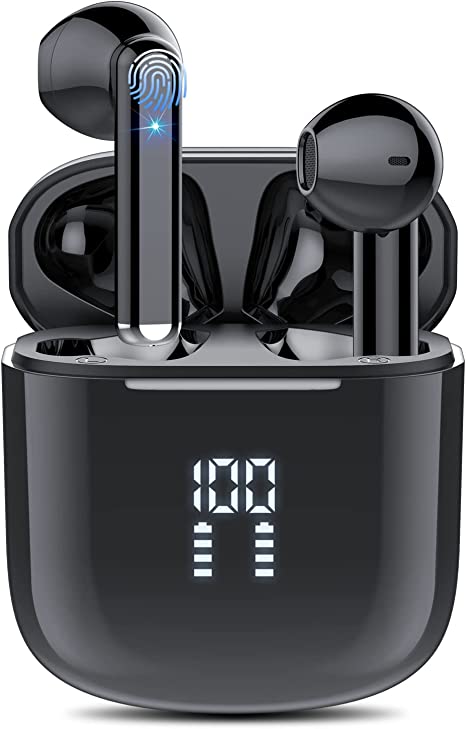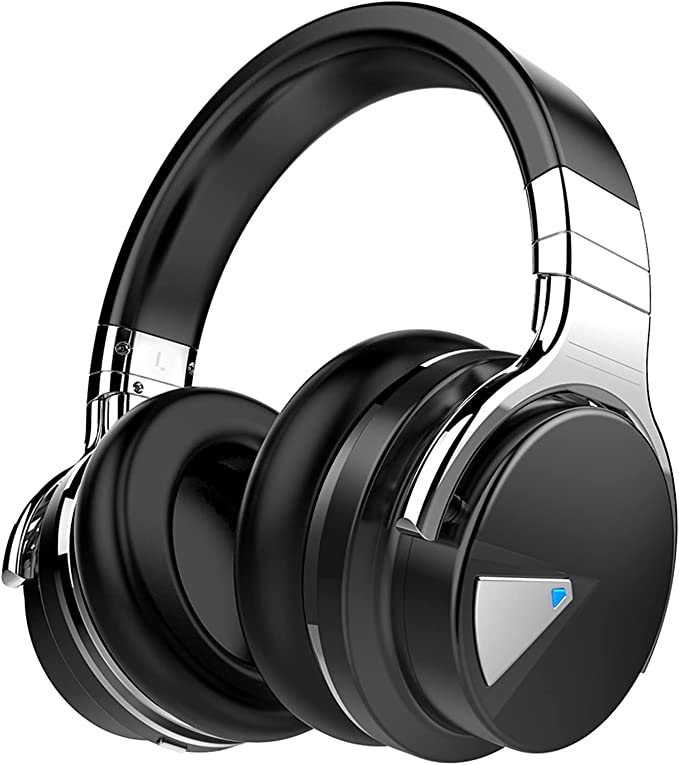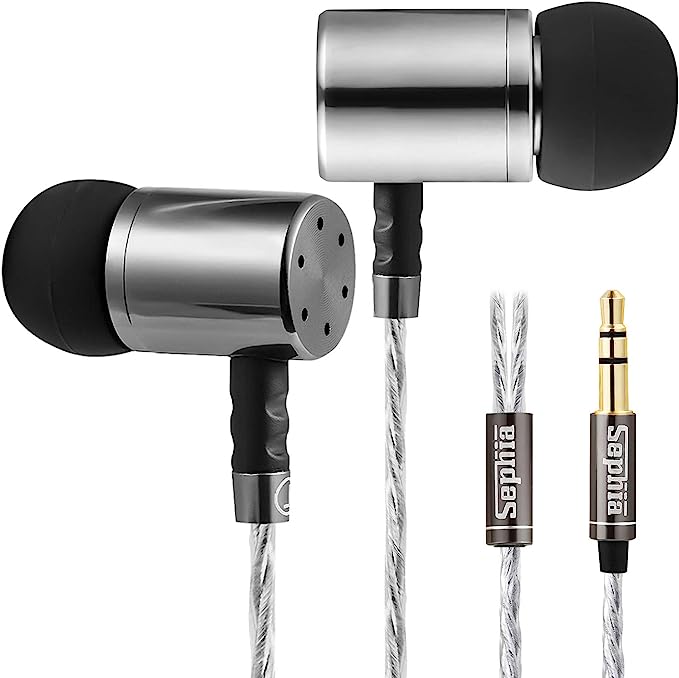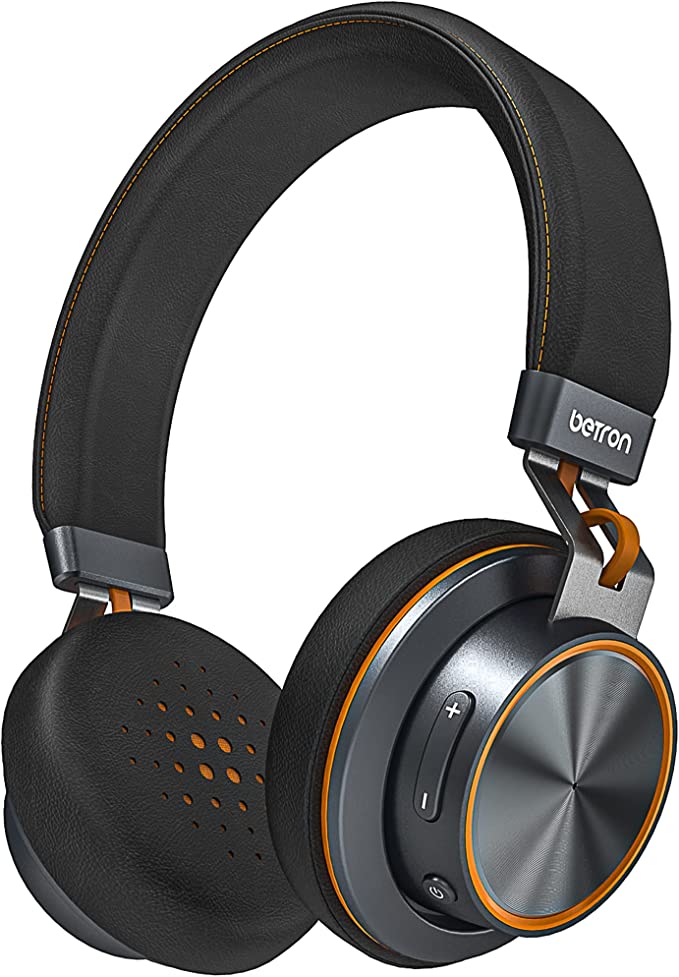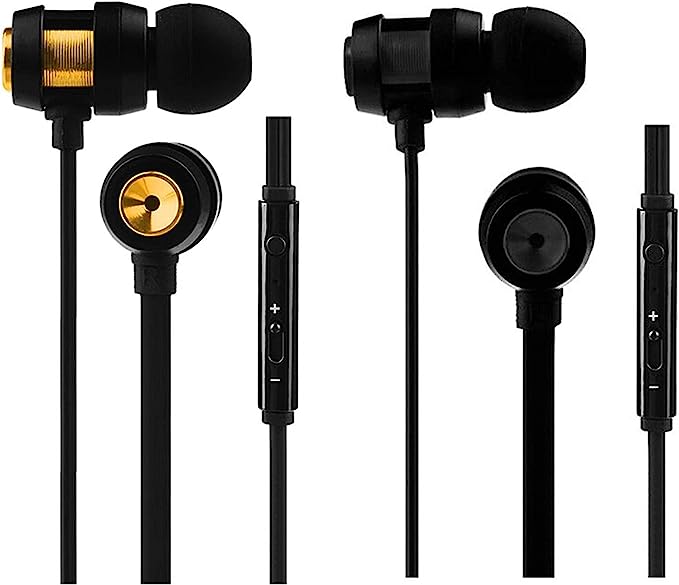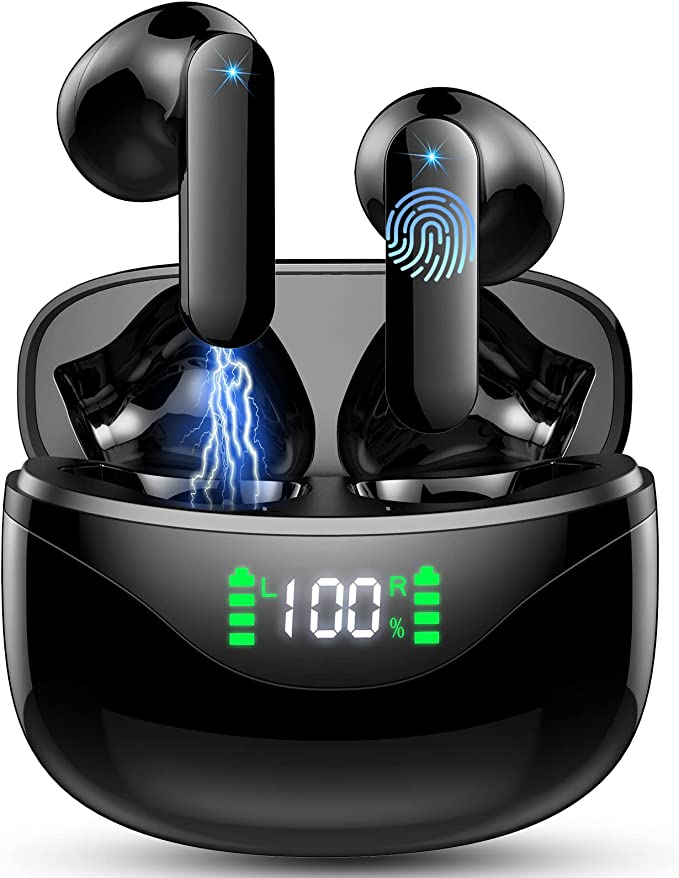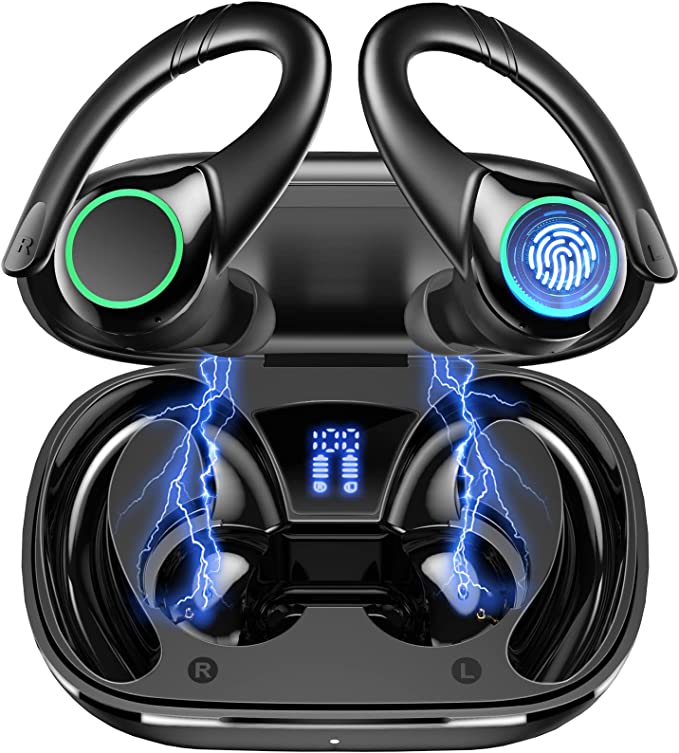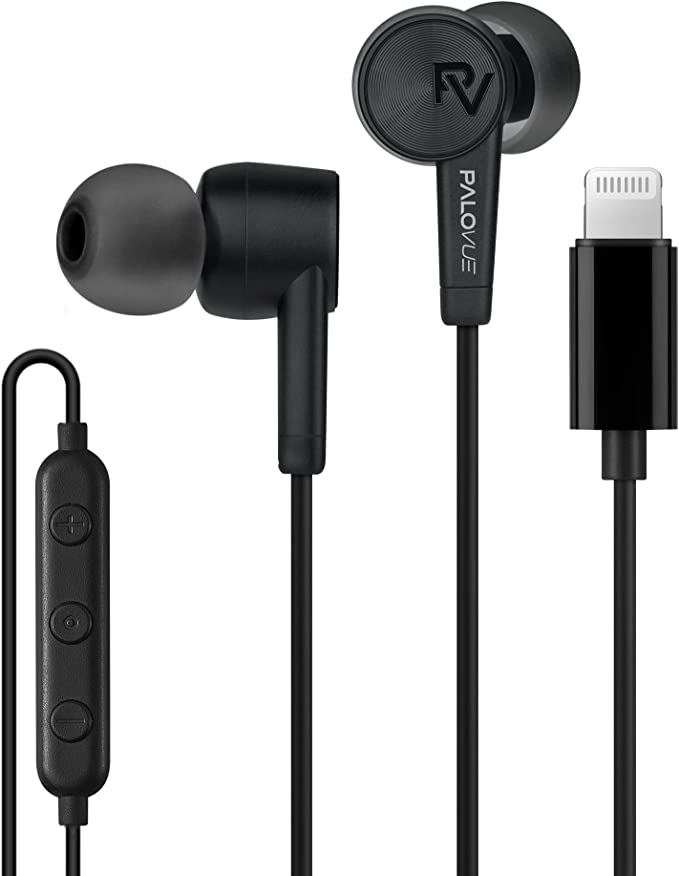RICOO JS82 Wireless Earbuds: Your Ultimate Guide to Uninterrupted Sound
Update on Aug. 5, 2025, 12:26 p.m.
Nestled in our ears, they have become an almost invisible extension of our digital lives. A pair of modern wireless earbuds is a marvel of miniaturization, a private concert hall, a direct line to a world of podcasts and calls, all without a single physical tether. It feels like magic. But as with all great magic, its secrets lie in a masterful application of science. What symphony of physics, chemistry, and meticulous engineering is truly at play inside these tiny shells?
To answer this, let’s perform a conceptual dissection. Using a contemporary device like the RICOO JS82 Wireless Earbuds as our specimen, we can peel back the layers and explore the core scientific principles that power the entire category. This isn’t a review; it’s an expedition into the anatomy of the technology that has so profoundly reshaped our relationship with sound.

The Unseen Connection: A Story of Digital Handshakes
Every wireless experience begins with an invisible promise: a stable, unbroken link. In modern earbuds, that promise is upheld by Bluetooth 5.3. To appreciate this, we must see it not merely as a version number, but as the latest chapter in a story that began in the 1990s with the formation of the Bluetooth Special Interest Group (SIG). Their goal was to create a universal, short-range radio standard, and that quest for seamless connection continues to evolve.
So, what makes 5.3 a noteworthy advancement? It’s about refinement in a crowded world. Our airwaves are saturated with signals from Wi-Fi routers, smartwatches, and countless other devices. Bluetooth 5.3 excels here by improving its “channel classification.” It acts like a skilled diplomat in a noisy, crowded ballroom, adeptly sensing which conversational circles (frequencies) are too busy and swiftly moving to clearer ones. This results in a more robust and interference-resistant connection, minimizing the frustrating stutters and drops during your favorite song.
Furthermore, it lays critical groundwork for LE Audio (Low Energy Audio), the next generation of wireless sound. This forward-looking architecture contributes to significantly improved energy efficiency. The device doesn’t have to “shout” as loudly or as often to maintain its connection, a crucial factor that we’ll see pays dividends in battery life. It’s a smarter, more polite handshake, ensuring the digital conversation between your phone and your ears is both clear and sustainable.

The Armor Against the Elements: The Science of Staying Dry
For a device that lives in such close proximity to the human body, resilience is not a luxury; it’s a necessity. This is where materials science takes center stage, embodied by the IPX7 waterproof rating. This isn’t a vague marketing term but a specific standard defined by the International Electrotechnical Commission (IEC) in their IEC 60529 document.
Let’s decode it. “IP” stands for Ingress Protection. The ‘X’ means the device wasn’t tested for dust protection. The ‘7’, however, is a powerful statement about water. It certifies that the earbuds can survive being fully submerged in up to one meter of freshwater for 30 minutes. This level of protection is a two-pronged engineering assault.
First is the physical barrier: polymer seals. Tiny, precisely molded gaskets, often made of silicone, are fitted into every seam and opening, acting like the sophisticated seals on a submarine’s hatch. Second is the chemical defense: a hydrophobic nano-coating. This is a microscopic, water-repelling layer applied to the internal circuitry. It works by creating a surface with such high surface tension that water beads up and rolls off rather than spreading and seeping in, much like the surface of a lotus leaf. This dual defense ensures that an unexpected downpour or an intense, sweat-drenched workout won’t short-circuit your audio experience.

The Heart of the Sound: A Microscopic Performance
Connection and durability are vital, but the soul of an earbud is its ability to move us with sound. This monumental task falls to the 13mm dynamic driver. At its core, a dynamic driver is a beautiful application of nineteenth-century physics, a direct descendant of the first telephone earpieces and traditional loudspeakers, shrunk to fit inside your ear canal.
Its operation hinges on Faraday’s Law of Induction. A voice coil, attached to a flexible membrane called a diaphragm, is placed within a magnetic field created by a small, powerful magnet. When an electrical audio signal passes through the coil, it generates a fluctuating magnetic field, causing the coil and the attached diaphragm to vibrate with incredible speed and precision. These vibrations displace the air, creating pressure waves—the very essence of sound.
The size of the diaphragm, in this case, 13mm, is significant. A larger surface area can push a greater volume of air. This is particularly impactful for low-frequency sounds. To create the deep, resonant feeling of bass, you need to move a lot of air. The larger driver provides the physical power to do so, lending a richness and depth to the audio that smaller drivers might struggle to replicate. It’s a tiny, high-performance drum, faithfully beating out every note and nuance of the original recording. This physical process is where electrical signals are reborn as the auditory experiences that can energize, relax, or move us.

The Marathon Runner’s Heart: The Chemistry of Endurance
All this technology would be useless without a power source to sustain it. The claim of a 40-hour total playtime is a testament to a quiet revolution in lithium-ion battery chemistry and system-wide efficiency. This impressive endurance isn’t stored in the earbuds alone; they are part of a symbiotic energy ecosystem.
The earbuds themselves are the sprinters, holding a few hours of charge for immediate use. The charging case is the marathon runner’s support station, containing a much larger battery capable of replenishing the earbuds multiple times before it needs a recharge itself. The advancement lies in energy density—the ability to pack more power into a smaller, lighter package.
But capacity is only half the story. The other half is conservation. Here, we see our themes converge. The energy-efficient design of the Bluetooth 5.3 chip means the constant digital handshake sips power instead of gulping it. The System on a Chip (SoC) that governs the earbud is designed to enter low-power states instantly when not in active use. This intelligent power management ensures that not a single joule of energy is wasted, stretching the life of that tiny battery to its absolute maximum. It’s a holistic approach to power that transforms a device you might charge daily into one you could potentially use for a week of commutes on a single charge of its case.

The Convergent Miracle
As we conclude our dissection, the true magic is revealed. It’s not a single invention, but a profound convergence. It’s the foresight of the Bluetooth SIG, the precision of the IEC, the fundamental physics discovered by Faraday, and the patient innovation of chemists working with lithium. All these disparate streams of human knowledge have flowed together to create this seamless, powerful, and personal audio experience.

To understand the anatomy of a modern wireless earbud is to appreciate the intricate web of science and engineering that underpins our daily lives. It allows us to see beyond the brand and the marketing, to recognize the decades of research and innovation packed into a device that weighs only a few grams. It doesn’t dispel the magic; it deepens our respect for the magicians.
